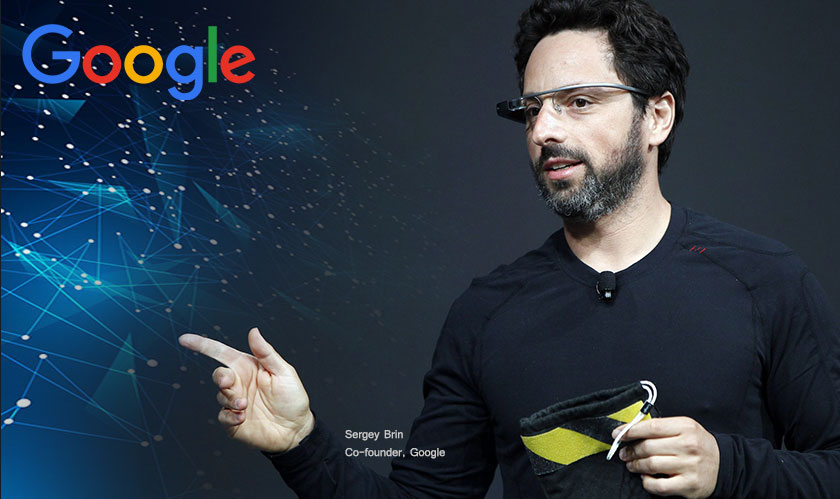Airbnb’s Visionary Impact on Travel and Hospitality
Airbnb’s journey from a small startup to a global giant in the travel industry is nothing short of remarkable. Founded in 2008 by Brian Chesky, Joe Gebbia, and Nathan Blecharczyk, Airbnb began as a solution to a simple problem: the founders couldn’t afford their San Francisco rent. They decided to rent out air mattresses in their apartment to attendees of a local conference, offering breakfast along with a place to stay. This modest idea laid the foundation for what would become a revolutionary platform in the travel industry.
Disrupting Traditional Hospitality

Image Source: reuters.com
Airbnb’s model was revolutionary in its simplicity. It allowed homeowners to rent out their homes or spare rooms to travelers, providing a unique and often more affordable alternative to traditional hotels. This peer-to-peer system not only created new income opportunities for hosts but also offered travelers a diverse range of accommodations, from treehouses to luxury villas. The platform capitalized on the growing trend of experiential travel, where people sought authentic, local experiences over cookie-cutter hotel stays.
Leveraging Technology for Seamless Experiences
One of the key factors behind Airbnb’s success is its innovative use of technology. The platform’s user-friendly interface makes it easy for hosts to list their properties and for guests to find accommodations that suit their preferences. Airbnb’s review system builds trust within the community, allowing guests to make informed decisions based on the experiences of previous travelers. The integration of secure payment systems and 24/7 customer support further enhances the user experience, making the process of booking and hosting smooth and reliable.
Airbnb’s ability to adapt to changing market dynamics has been crucial to its sustained success. For instance, during the COVID-19 pandemic, the company pivoted by promoting longer stays and “work from home” rentals, catering to those seeking safe and isolated environments away from crowded cities. Additionally, Airbnb has expanded its offerings to include “Experiences,” where hosts can offer unique activities such as guided tours, cooking classes, and cultural workshops, further diversifying the platform’s appeal.
Overcoming Challenges and Criticisms
Despite its success, Airbnb has faced numerous challenges, including regulatory hurdles and criticism regarding its impact on local housing markets. Cities around the world have implemented stricter regulations to address concerns about housing affordability and the impact on local communities. Airbnb has responded by working with governments to comply with regulations and promote responsible hosting practices, ensuring that its growth benefits both hosts and their communities.
Also Read: Zhang Yiming: The Mastermind Behind TikTok
Airbnb’s success story is a testament to the power of innovation and adaptability. By revolutionizing the way people travel and stay, Airbnb has not only disrupted the hospitality industry but also created a global community of travelers and hosts. As the travel industry continues to evolve, Airbnb is well-positioned to lead the way, continually redefining what it means to explore and experience the world.

I am a law graduate from NLU Lucknow. I have a flair for creative writing and hence in my free time work as a freelance content writer.






